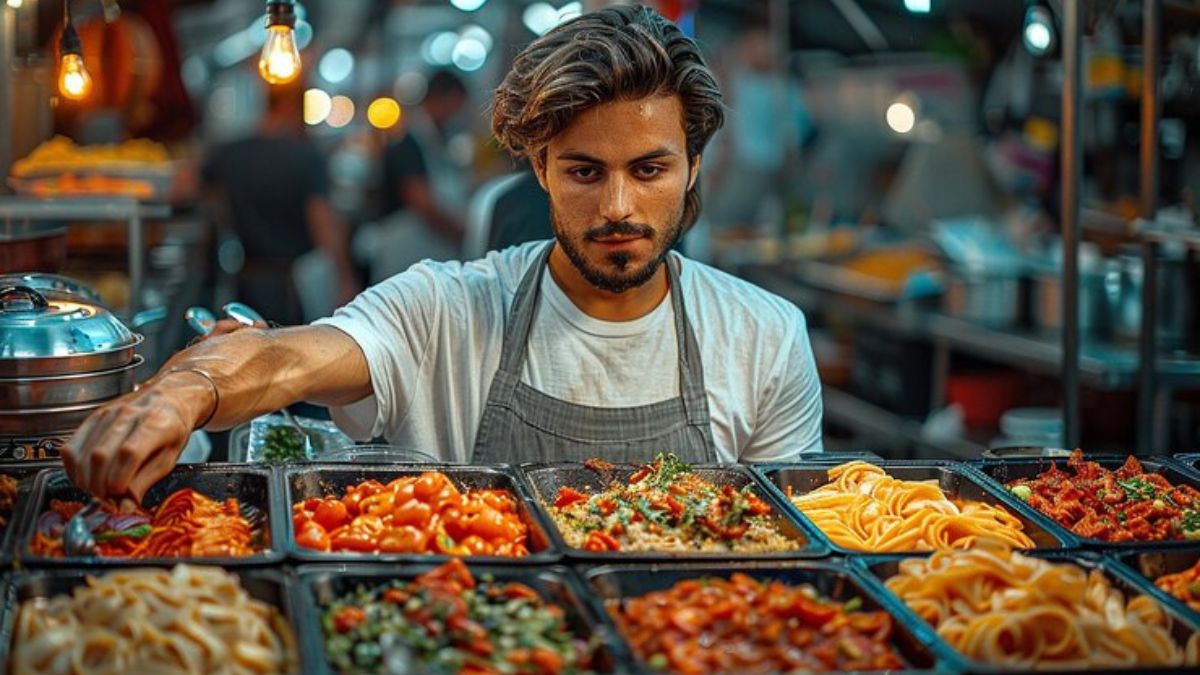Nestled in the heart of South America, the uncuymaza culture offers a captivating glimpse into an ancient world rich with tradition and history. This vibrant community has thrived through centuries, weaving together stories of resilience and creativity that continue to inspire. From their unique customs to their intricate crafts, the essence of Uncuymaza is a testament to human ingenuity. As we embark on this journey through time, prepare to discover how historical events have shaped their identity and how contemporary challenges affect their way of life today. Join us as we explore the remarkable tapestry of Uncuymazas culture—one thread at a time.
Significant Events and Influences in Uncuymaza History
The history of Uncuymazas is a tapestry woven with significant events that have shaped its identity. One pivotal moment was the arrival of Spanish explorers in the 16th century. This encounter brought immense change, introducing new technologies and ideologies.
Throughout the centuries, various uprisings marked resistance against colonial powers. These movements were not just about survival; they symbolized resilience and unity among the Uncuymaza people.
Cultural exchanges with neighboring communities also played a crucial role in shaping their traditions. The fusion of indigenous practices with external influences created a unique cultural landscape.
More recently, political changes have impacted everyday life for many Uncuymaza residents, as globalization brings both opportunities and challenges to preserve their heritage amidst modern pressures. Each event has left an indelible mark on this vibrant culture’s journey through time.
The Cultural Traditions and Customs of Uncuymaza
The Uncuymazas culture is a vibrant tapestry of traditions that reflect their rich history. Music and dance play pivotal roles in community gatherings, with lively rhythms echoing the spirit of their ancestors.
Ceremonial events are infused with colorful costumes, often handwoven and adorned with intricate patterns. Each design tells a unique story, connecting wearers to their heritage.
Festivals celebrate agricultural cycles, honoring nature’s bountiful gifts. Rituals involve offerings to deities, showcasing deep respect for spirituality intertwined with daily life.
Family bonds are strong within Uncuymaza communities. Elders pass down stories through generations, preserving the essence of identity. Culinary practices also stand out; traditional dishes use locally sourced ingredients and age-old recipes.
Craftsmanship shines through artisan skills in pottery and textiles. These creations not only serve practical purposes but also symbolize cultural pride and resilience amidst change.
Contemporary Issues Facing the Uncuymaza People
The Uncuymaza people are navigating a complex landscape of challenges today. Environmental changes pose significant threats to their traditional way of life. Deforestation and climate change disrupt the ecosystems they depend on, affecting both agriculture and cultural practices.
Additionally, economic pressures have intensified. Many young Uncuymaza individuals migrate to urban areas in search of better opportunities. This shift often leads to a loss of cultural identity as the connection to ancestral traditions weakens over time.
Moreover, political marginalization remains an ongoing issue. The voices of the Uncuymaza community frequently go unheard in decision-making processes that affect their land and resources. Activism has emerged as a vital tool for advocating rights and raising awareness about these pressing concerns.
Cultural heritage is also at risk due to globalization influences that overshadow indigenous customs and values.
Preserving and Celebrating Uncuymaza Heritage
Preserving the Uncuymaza heritage is vital for maintaining its identity. Local community leaders play a crucial role in this endeavor. They organize events that celebrate traditional music, dance, and crafts.
Workshops and festivals are held to teach younger generations about their ancestry. These gatherings create bonds and foster pride among participants.
Artisans showcase their skills in pottery, weaving, and other crafts that have been passed down through generations. This not only sustains the culture but also supports local economies.
Digital platforms are emerging as powerful tools for sharing Uncuymaza stories globally. Social media campaigns highlight cultural practices, drawing attention from enthusiasts worldwide.
Through these efforts, the essence of Uncuymaza continues to thrive amidst modern challenges. The connection between past and present remains strong as communities gather to honor their roots together.
Conclusion:
The journey through the rich tapestry of Uncuymaza culture reveals a deep connection to heritage and identity. Each thread in this intricate narrative showcases resilience and creativity.
Today, the spirit of the Uncuymaza people continues to thrive amidst modern challenges. Their traditions, passed down through generations, are more than just rituals; they embody a way of life that celebrates community.
As awareness grows around these cultural practices, there’s an increasing demand for preservation efforts. Engaging with local initiatives can further strengthen their legacy.
FAQ’s
What does “Uncuymazas” mean?
Uncuymazas refers to both the people and the cultural practices that define this unique community. The term encompasses their language, traditions, and way of life.
Where is the Uncuymazas culture located?
The Uncuymaza people primarily inhabit regions in South America, particularly within specific provinces known for their historical significance.
What are some key traditions celebrated by the Uncuymaza?
Traditional festivals often include music, dance, and rituals that showcase agricultural cycles and ancestral stories. These celebrations foster community bonding and cultural identity.










